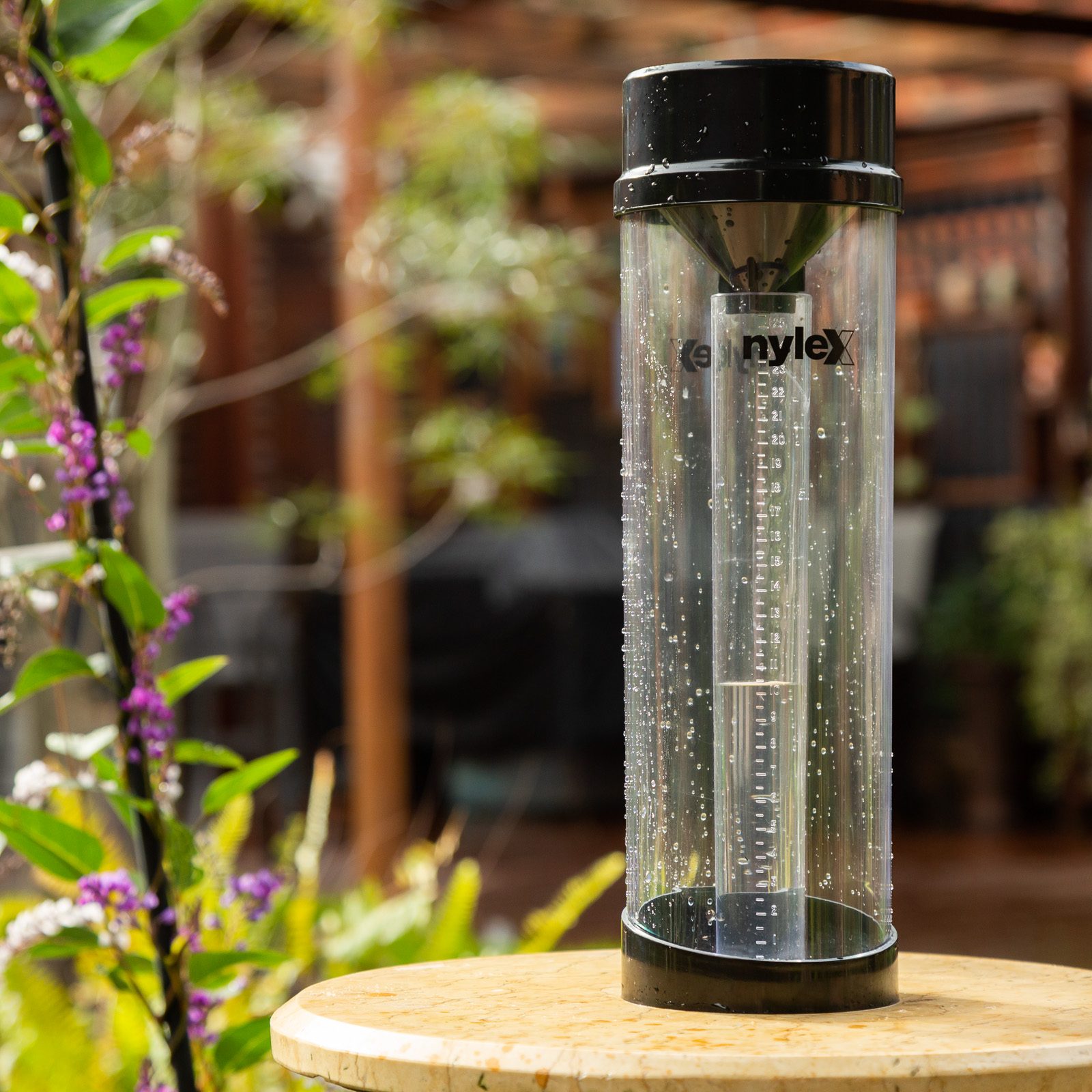Rain Gauge Acquiring Guide: What You Required to Know for Optimal Performance
Rain Gauge Acquiring Guide: What You Required to Know for Optimal Performance
Blog Article
Introducing the Scientific Research Behind Rainfall Assesses: Just How These Gadgets Play an Important Function in Climate Research and Ecological Surveillance
Rainfall evaluates, seemingly easy devices, hold an extensive importance in the world of climate research study and environmental monitoring. These unassuming instruments quietly collect one of nature's most necessary aspects-- rains. Behind their plain exterior exists a complex scientific research that is essential for recognizing the characteristics of our atmosphere. As we peel off back the layers of this scientific veil surrounding rain evaluates, we discover a world where accuracy, data precision, and precise observation assemble to reveal a deeper understanding of our altering environment and its effect on the world.
Value of Rainfall Scales
Rainfall assesses play a vital function in tracking and measuring rainfall degrees, supplying essential information for environment research study and analysis. These tools are essential in quantifying the quantity of rainfall that occurs in a details location over a particular period. By accumulating and determining rainwater, rainfall assesses offer beneficial insights right into the distribution and strength of precipitation, assisting meteorologists, hydrologists, and climatologists in understanding weather condition patterns and patterns.
Furthermore, long-term data collected from rainfall evaluates helps in examining environment change influences and patterns, contributing substantially to clinical research study and decision-making procedures. In significance, rain assesses offer as vital devices in the field of weather forecasting and environmental scientific research, playing a vital role in advancing our understanding of weather condition and environment characteristics.
Kinds Of Rainfall Gauges

Capability and Procedure
In the world of climate research and atmospheric research studies, the effectiveness of rainfall assesses lies in their elaborate functionality and specific operational mechanisms. Rainfall gauges are designed to accurately gauge the amount of precipitation that drops over a specific area during a sites set period.
The capability of rainfall you could look here evaluates is based on the principle of gauging and gathering rain in a standard way. This gathered information is important for comprehending neighborhood weather patterns, tracking long-term environment fads, and examining ecological influences. To ensure accurate dimensions, rainfall evaluates demand to be strategically put in open locations far from obstructions such as structures or trees that can hinder the collection procedure.
The functional facet of rain evaluates entails regular maintenance to stop particles accumulation, calibration checks to preserve dimension precision, and information recording for analysis (rain gauge). Generally, the capability and procedure of rain gauges are essential for gathering trusted precipitation data important to climate study and environmental monitoring
Role in Climate Research Study
Provided the important significance of accurate precipitation measurements in understanding weather patterns and ecological impacts, the role of rain gauges in climate research is indispensable. Rain gauges provide important data for environment study by evaluating the amount of precipitation that drops over a specific location throughout an offered duration. This data is vital for monitoring long-term fads in rainfall patterns, examining the effect of climate change on rains distribution, and improving climate versions.

Environment researchers utilize information collected from rainfall evaluates to analyze variants in precipitation levels, identify regional environment patterns, and review the efficiency of water source administration strategies. By contrasting historical rainfall data with present dimensions, scientists can detect changes in precipitation patterns, such as adjustments in the frequency or strength of rains events. This details is important for understanding exactly how environment modification is affecting precipitation characteristics and can help policymakers make informed choices concerning adjustment and mitigation approaches.
Applications in Ecological Surveillance

In flood projecting, rain gauge data helps to track rainfall intensity and distribution, enabling authorities to issue timely cautions and take essential actions to minimize flooding risks (rain gauge). Dry spell monitoring my link depends on rainfall scale data to assess dampness degrees in the soil and track precipitation deficiencies, assisting in the identification of drought-prone areas and the implementation of dry spell action approaches
Moreover, rainfall gauge data plays an essential duty in water resource management by giving info on water availability and use patterns. This data is used to make informed choices regarding water appropriation, preservation procedures, and sustainable water resource preparation. Furthermore, in agriculture, rainfall gauge information aids farmers in enhancing irrigation timetables, crop selection, and overall farm monitoring methods based on regional precipitation patterns. On the whole, rain evaluates are essential devices in environmental tracking, offering useful insights that add to informed decision-making and lasting resource management.
Conclusion
To conclude, rainfall assesses are essential tools for measuring precipitation, providing important data for climate research and environmental tracking. With numerous kinds and functionalities, rain evaluates play a critical duty in understanding precipitation patterns and their effect on the setting. By precisely determining rainfall, these devices add to the development of scientific knowledge and aid in making educated choices pertaining to water resource management and disaster readiness.
Rain evaluates play an indispensable duty in surveillance and determining precipitation levels, providing crucial data for climate research and evaluation. The standard rainfall scale, understood as the "tipping bucket" scale, is one of the most generally made use of devices. Ultrasonic rainfall determines use sound waves to find the visibility of rain, giving real-time data on precipitation degrees.Climate scientists use data accumulated from rain assesses to analyze variants in rainfall levels, determine local environment trends, and evaluate the effectiveness of water resource monitoring techniques.In conclusion, rain gauges are crucial tools for gauging precipitation, giving important information for climate study and environmental tracking.
Report this page